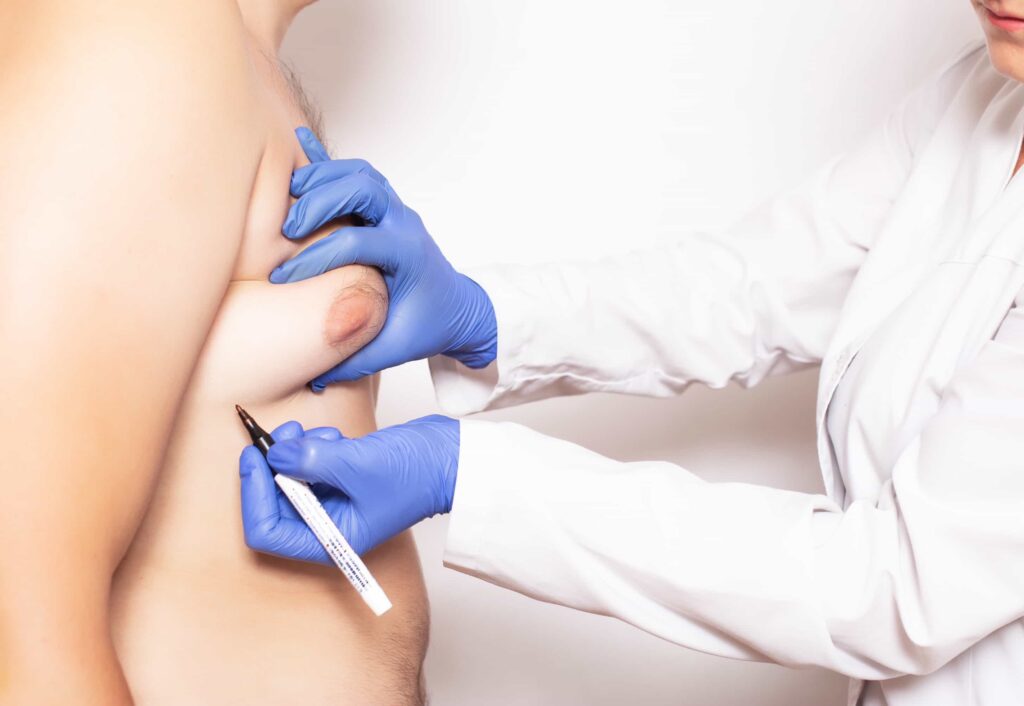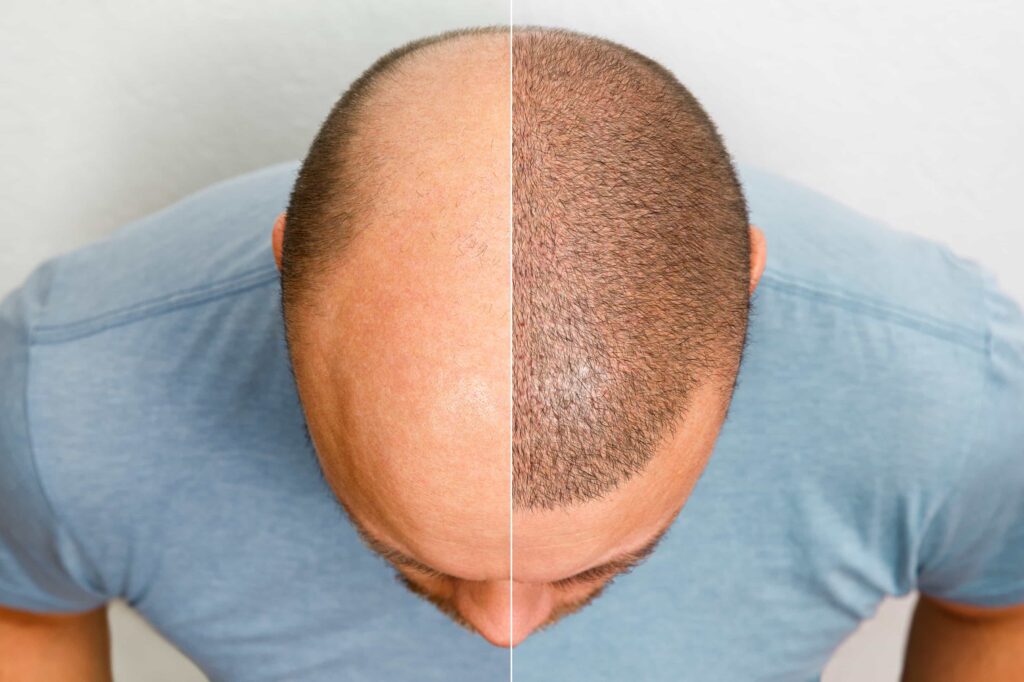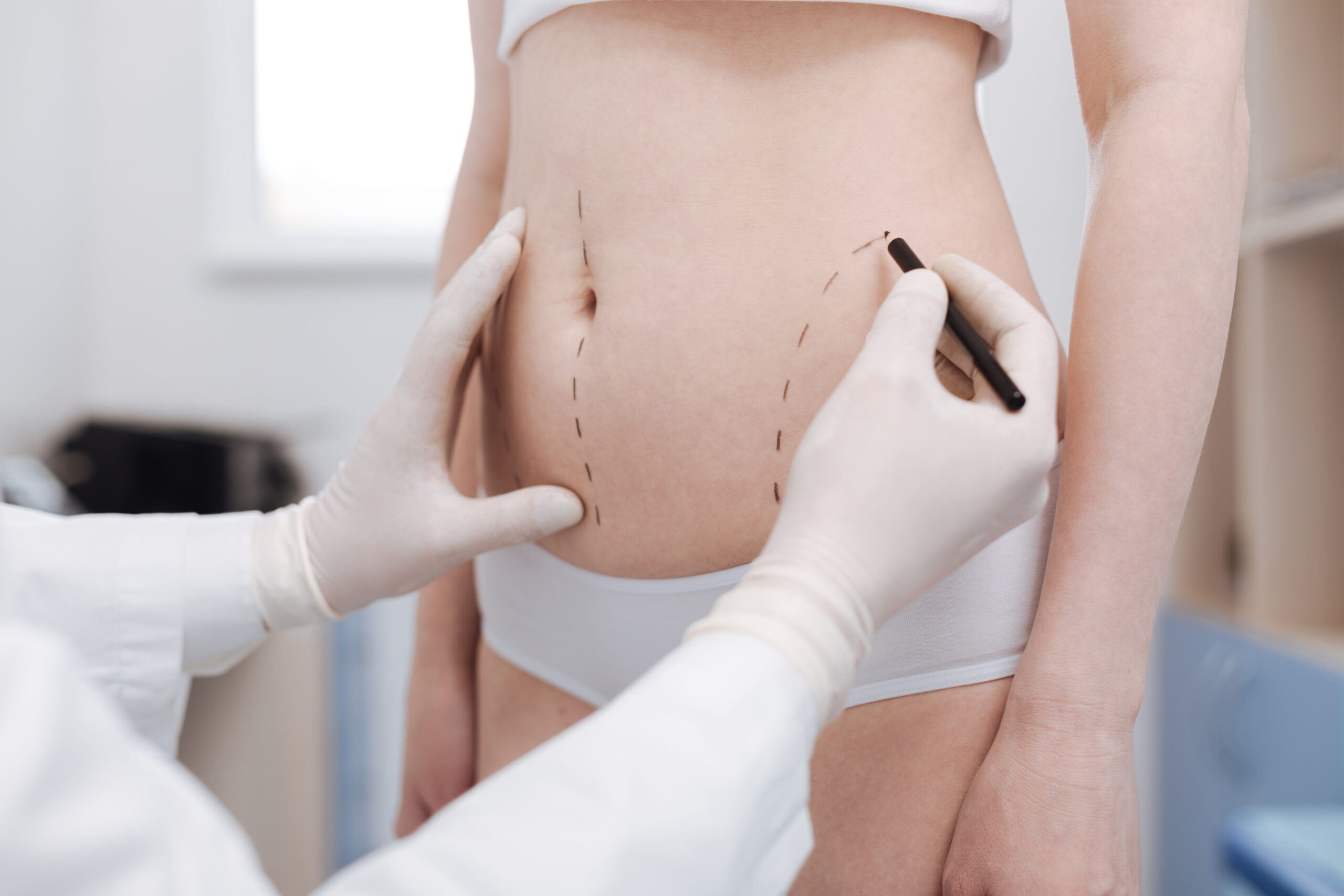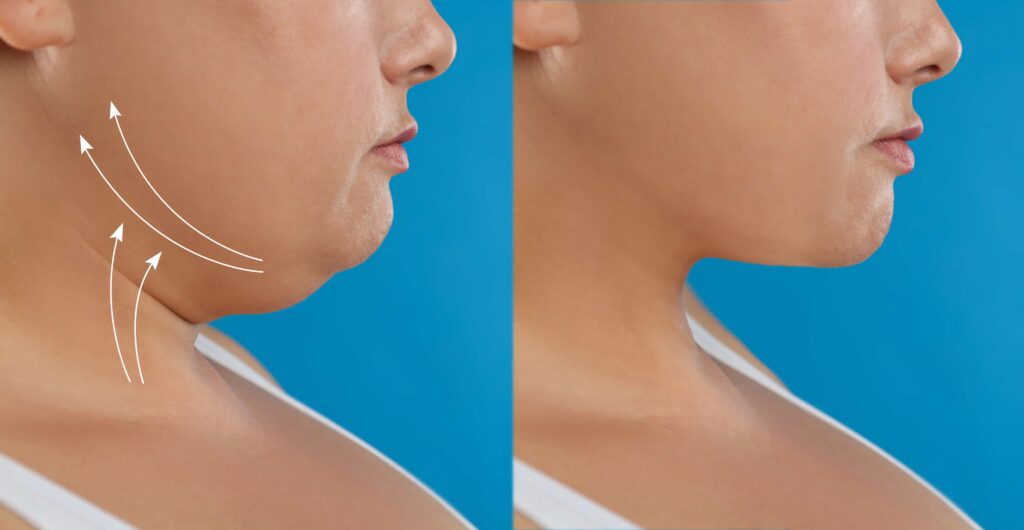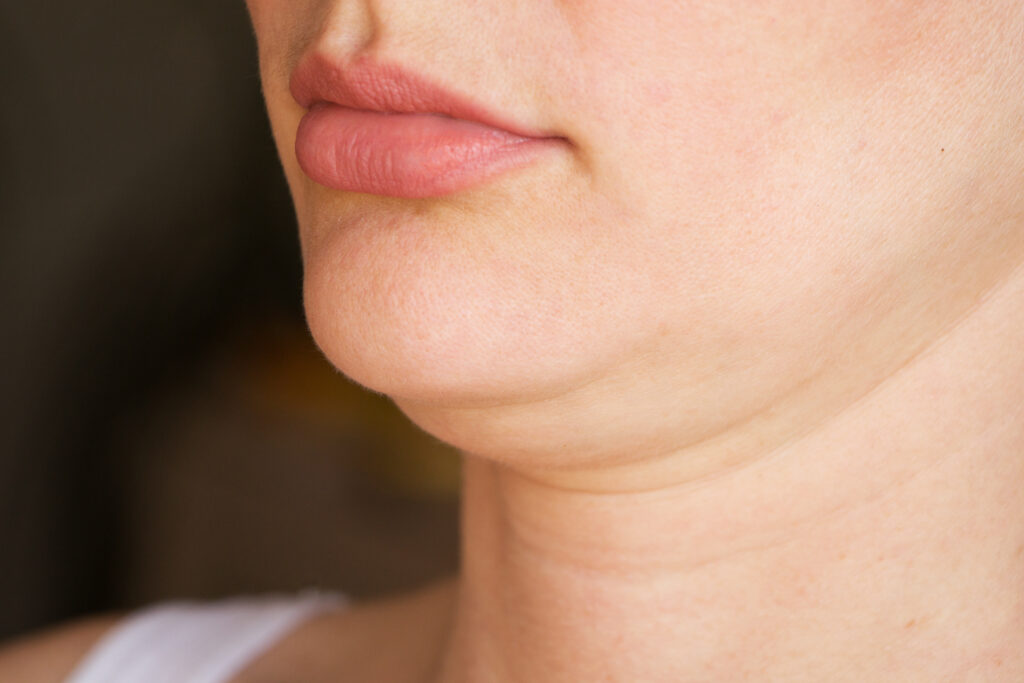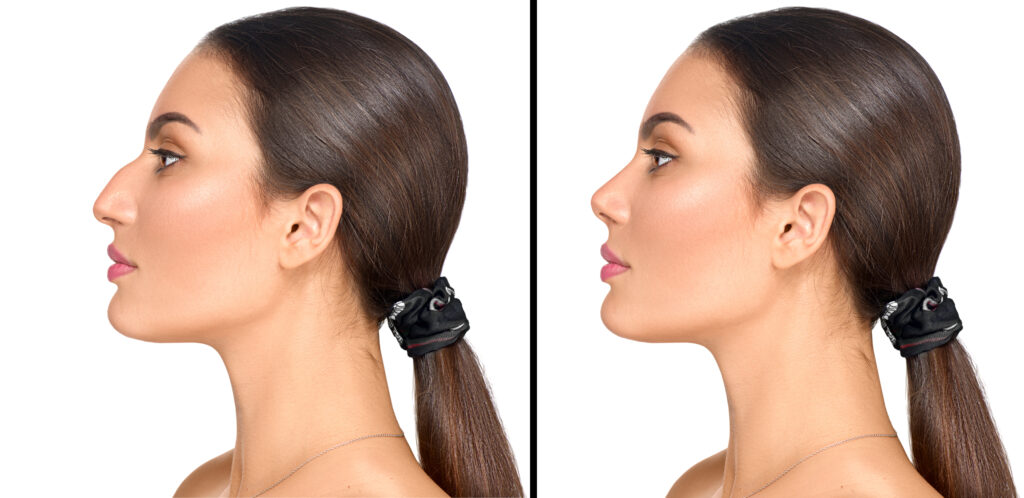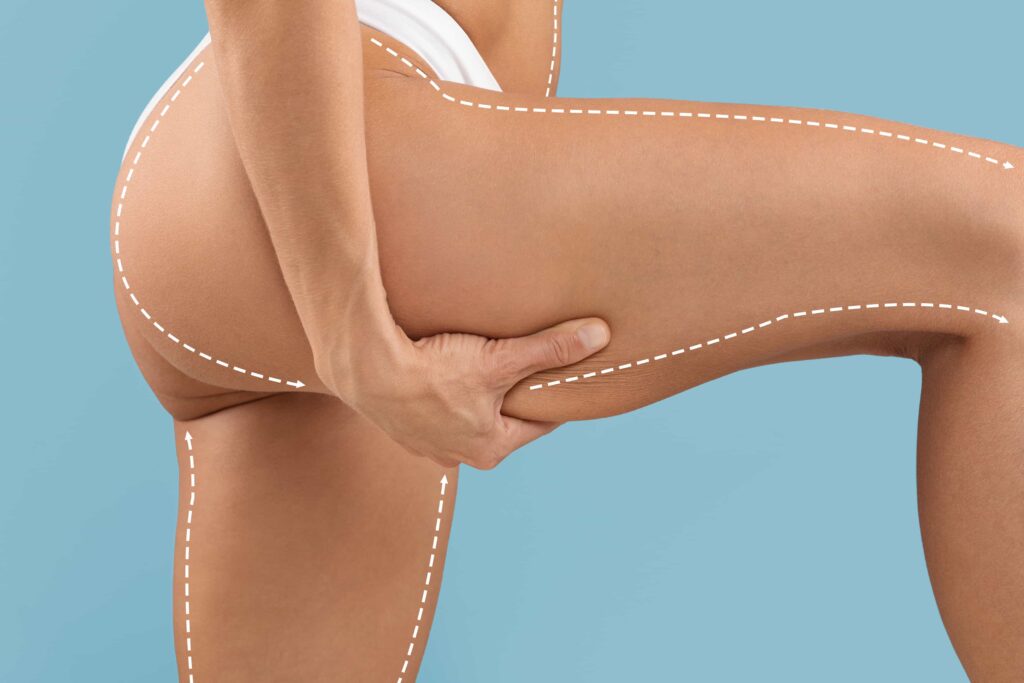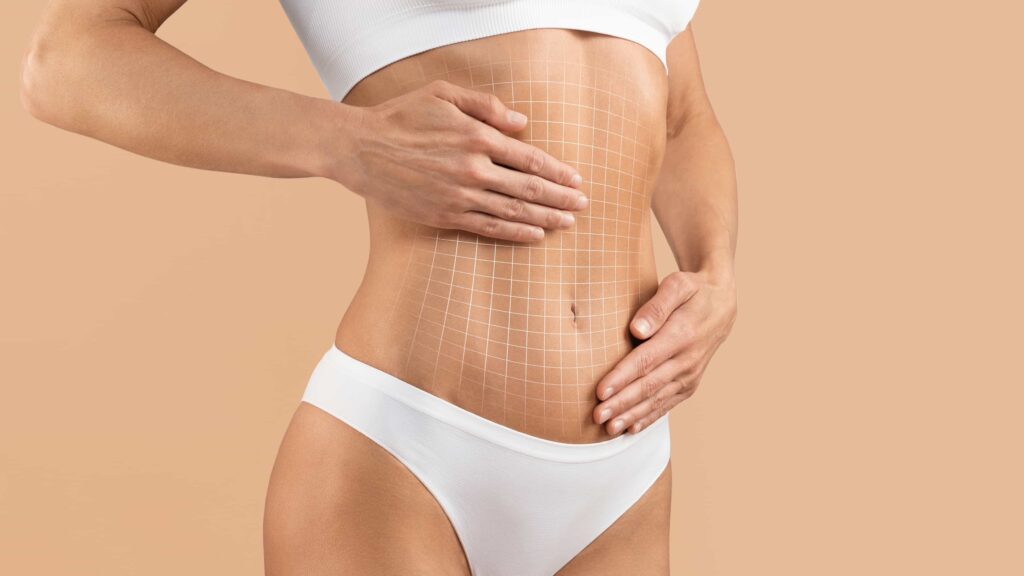Breast reduction surgery removes skin and tissue to reshape and elevate the breasts for a smaller, proportionate size.
This procedure aims to reduce the overall breast size.
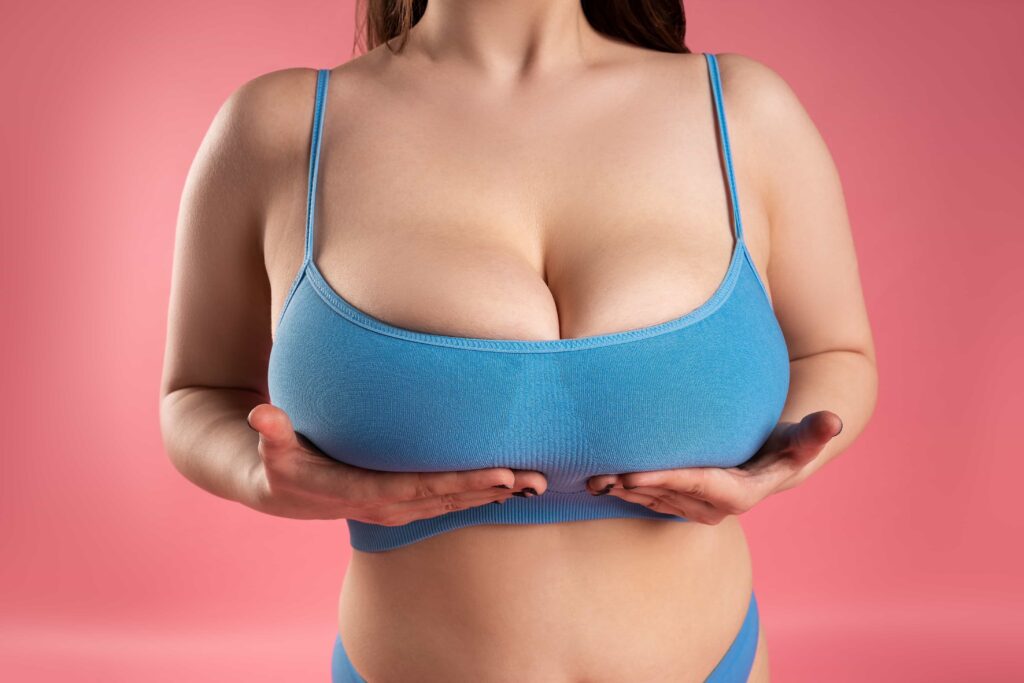
Breast reduction is a personal decision. You should choose it for yourself, not to meet others’ expectations.
Many people with large breasts struggle with both physical pain and emotional discomfort. The extra weight can make it hard to stay active and causes back, neck, and shoulder pain.
Good candidates often feel their breasts are too large, face physical limits, or deal with daily discomfort.
They are usually healthy, do not smoke, and have a positive mindset with clear goals for the surgery.
Many women find the decision to get a breast reduction difficult. However, most later see it as one of the best choices they’ve made.
They often seek the surgery to improve their quality of life. After surgery, many feel more confident and comfortable in their bodies. Shopping for clothes becomes easier.
They also notice less back pain and daily discomfort. As a result, they feel more energetic.
Smaller, more balanced breasts make it easier to exercise, reduce skin irritation, and improve breathing. Overall, the benefits can be life-changing.
-Pain Relief: Eases neck, shoulder, and upper back pain.
-Better Breathing and Exercise: Facilitates easier breathing and physical activity.
-Better Fitting Clothes: Helps find bras that fit well and reduce chafing.
-Improved Self-Image: Boosts confidence in your appearance.
– Insurance Coverage: May be covered if deemed medically necessary.
-Scarring: Incisions leave small scars on the breasts.
-Decreased sensation: Some areas, including nipples, may have reduced sensation.
-Uneven appearance: Breasts and nipples may appear slightly uneven.
-Breastfeeding: It may be more challenging post-surgery.
-Cost: It’s often expensive and typically not covered by insurance.
-Downtime: Time off work or school is necessary for recovery.
-Recovery: Avoid heavy lifting and vigorous activity for 2-4 weeks.
Preparation
You can have breast reduction surgery at a hospital, outpatient facility, or surgical center. Make sure to arrange a ride to and from surgery. You’ll also need someone to stay with you for at least the first night.
Procedure
The surgeon makes incisions on the breasts to remove extra tissue and skin. They may also reduce the size of the areola. The exact method depends on your body, breast size, desired results, and your surgeon’s advice. You will receive either IV sedation or general anesthesia based on your doctor’s recommendation.
Common Incision Types
Lollipop Incision
This method involves a cut around the areola and a vertical line down to the breast fold. It’s ideal for small to moderate reductions. The scar looks like a lollipop.
Anchor Incision
This is used for larger reductions or sagging. It includes a cut around the areola, a vertical line down, and a horizontal cut along the breast crease.
Keyhole Incision
This incision, shaped like a keyhole above the areola, marks the new spot for the nipple.
Reshaping and Closing
After making the incisions, the surgeon repositions the nipple while keeping it attached to nerves and blood supply. If needed, they may reduce the size of the areola by removing skin around it. They also reshape and lift the remaining breast tissue.
In some cases, if the breasts are very large, the surgeon removes the nipple and areola and places them higher on the breast as a graft. This is called a free nipple graft. It results in loss of sensation and may take longer to heal.
To finish, the surgeon carefully stitches the tissue to shape the new breast. They use internal sutures for support and close the skin with sutures, adhesives, or surgical tape. Scars are permanent but usually fade over time.
After your surgery, incisions will be covered with gauze or bandages, and an elastic bandage or support bra will help reduce swelling and support the reconstructed breast. A small tube might be inserted temporarily to drain excess blood or fluid, and a pain pump could be utilized to lessen the need for narcotics.
You will receive detailed instructions on how to care for your surgical site, including medications for healing and infection prevention, as well as signs to monitor for and when to schedule follow-up appointments with your plastic surgeon.
The short-term recovery period for breast reduction is generally around three weeks, while long-term recovery can take between three to six months or even longer. It is essential to adhere to the provided care instructions to ensure a smooth recovery process.
In the initial weeks after surgery, you may notice tightness and swelling in your breasts. While healing varies among individuals, this swelling usually diminishes within the first week. You might also find that your breasts are positioned higher on your chest and feel somewhat firm.
As your body continues to recover over the following weeks, your breasts should settle into a more natural shape. Although most patients experience a permanent reduction in breast size, factors like aging, pregnancy, or weight gain can still lead to changes in size and shape over time.
Breast reduction surgery can affect nipple sensation, though it often improves over time. While breast and nipple piercings carry a risk of infection, many women can still breastfeed after the procedure, despite some potential limitations.
Ideally, breast reduction should be performed once the breasts are fully developed, but changes during pregnancy or weight fluctuations can impact the results.
The surgery comes with various risks, including allergic reactions, anesthesia complications, bleeding, and changes in breast sensation. Other potential issues involve scarring, infection, pain, and in some cases, the loss of nipple and areola tissue.
Breast reduction surgery is frequently eligible for coverage under health insurance plans, although your plastic surgeon may need to obtain approval from the insurance company first. This approval process typically requires submitting a letter and accompanying photographs.
After receiving authorization, you can go ahead and schedule your surgery; however, be aware that you will still need to pay any applicable copayments or deductibles. If your insurance does not cover the procedure, you have the choice to pay for it out of pocket. It’s important to check with your insurance provider and discuss options with your surgeon.


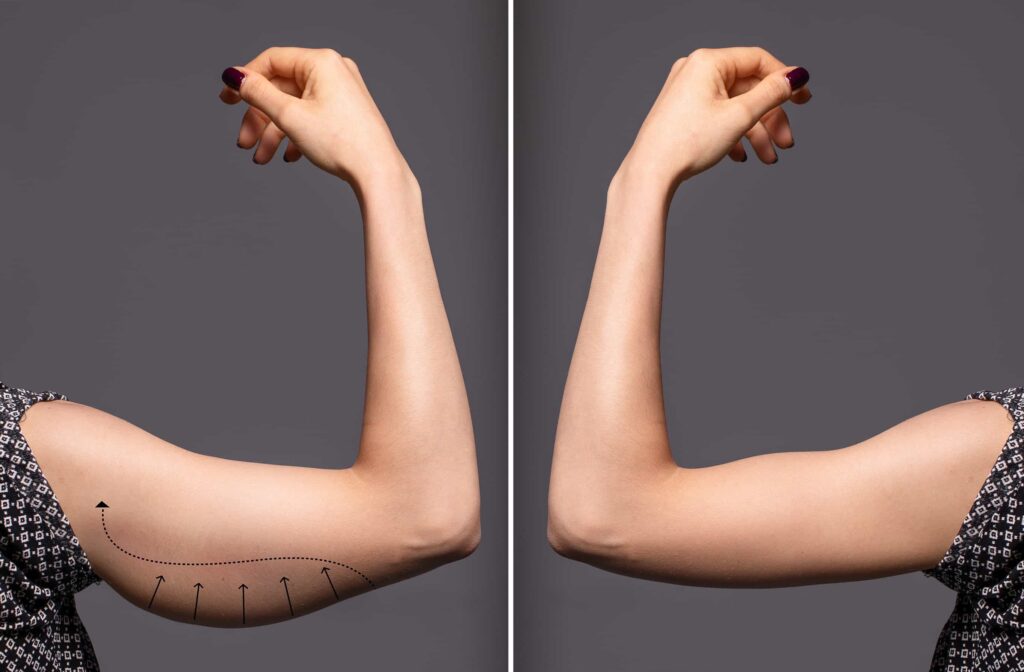
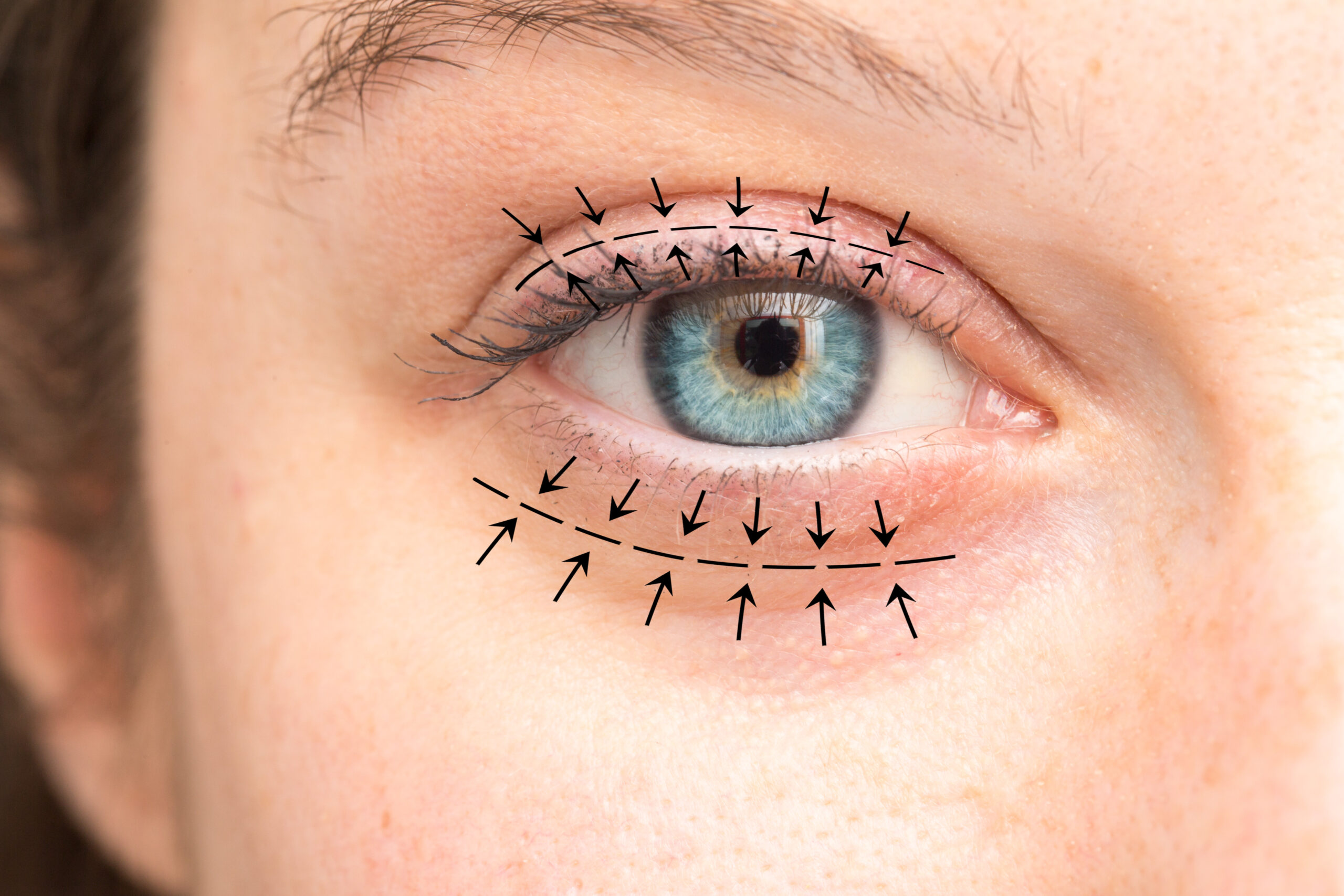
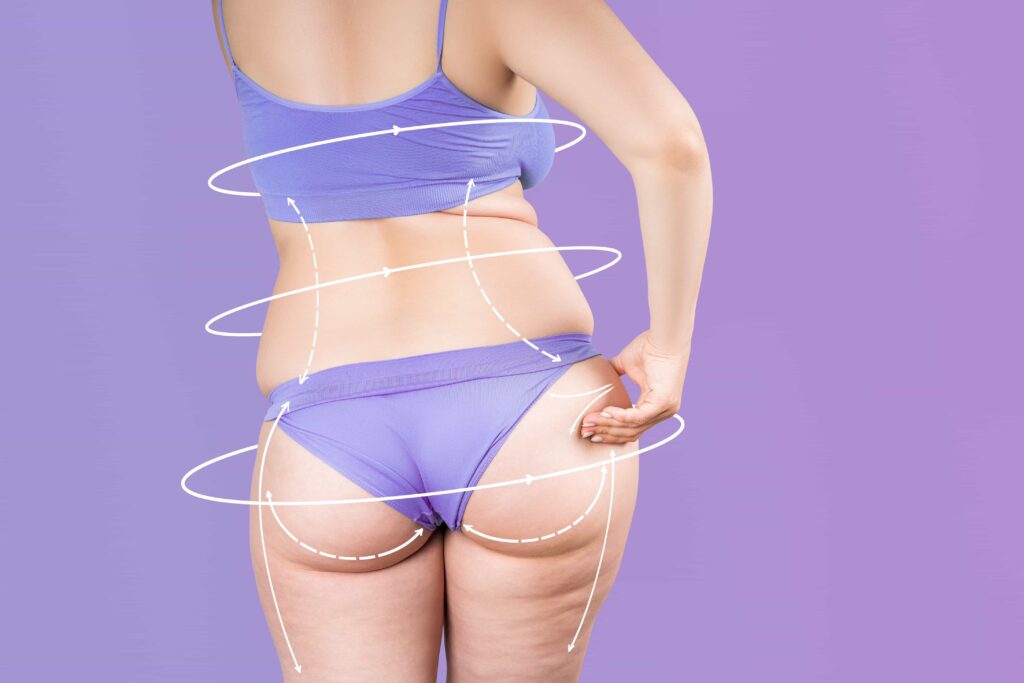
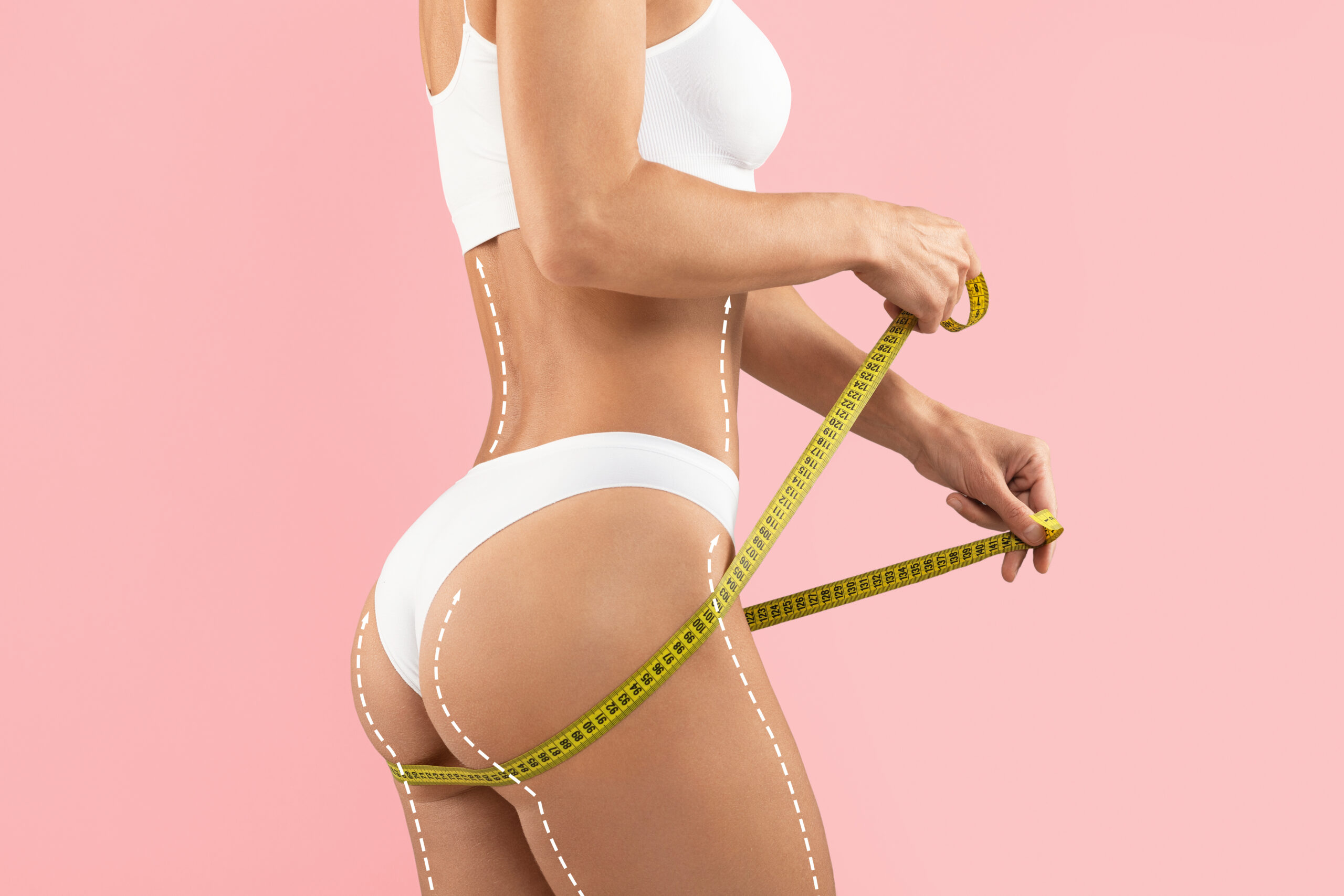
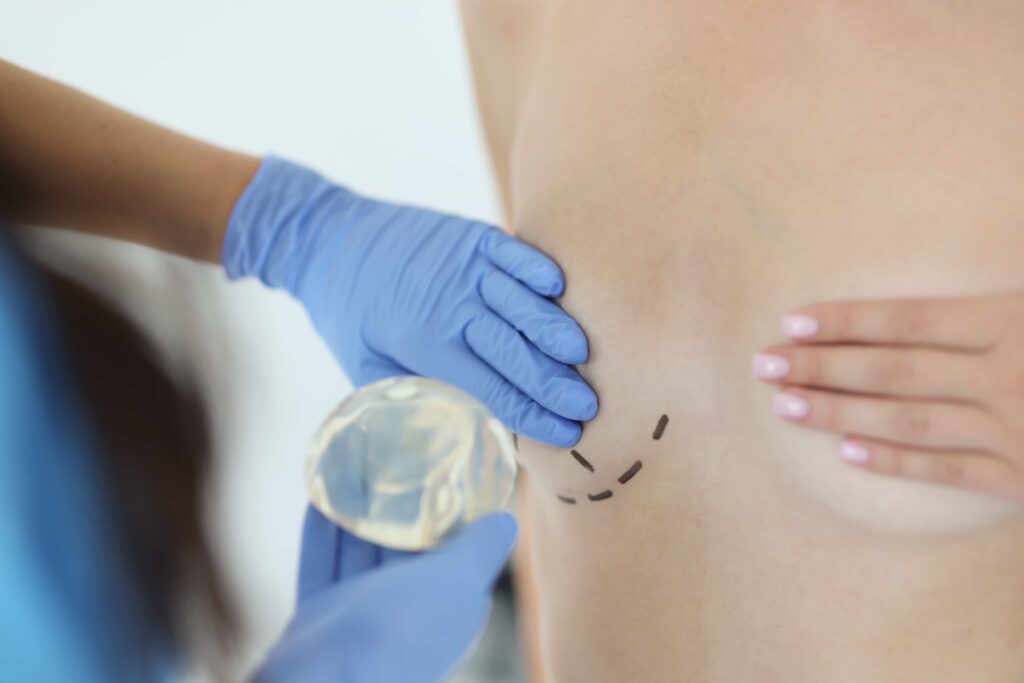
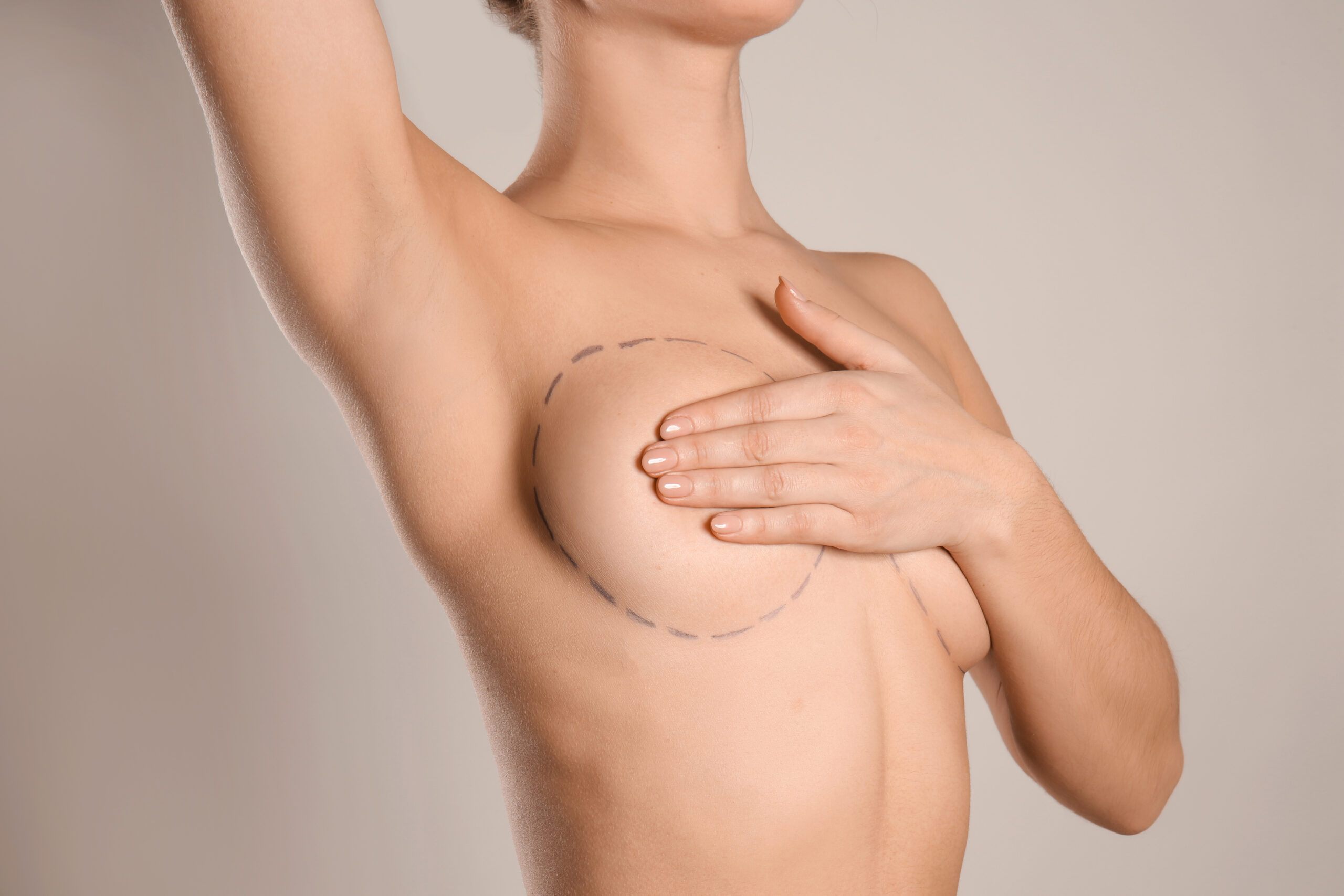
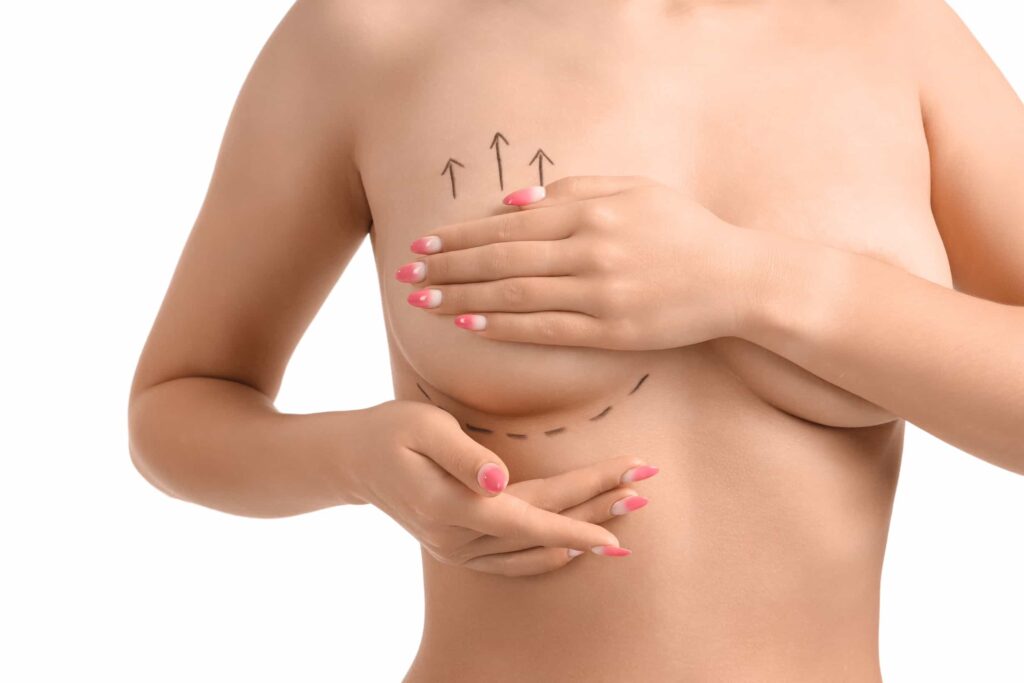

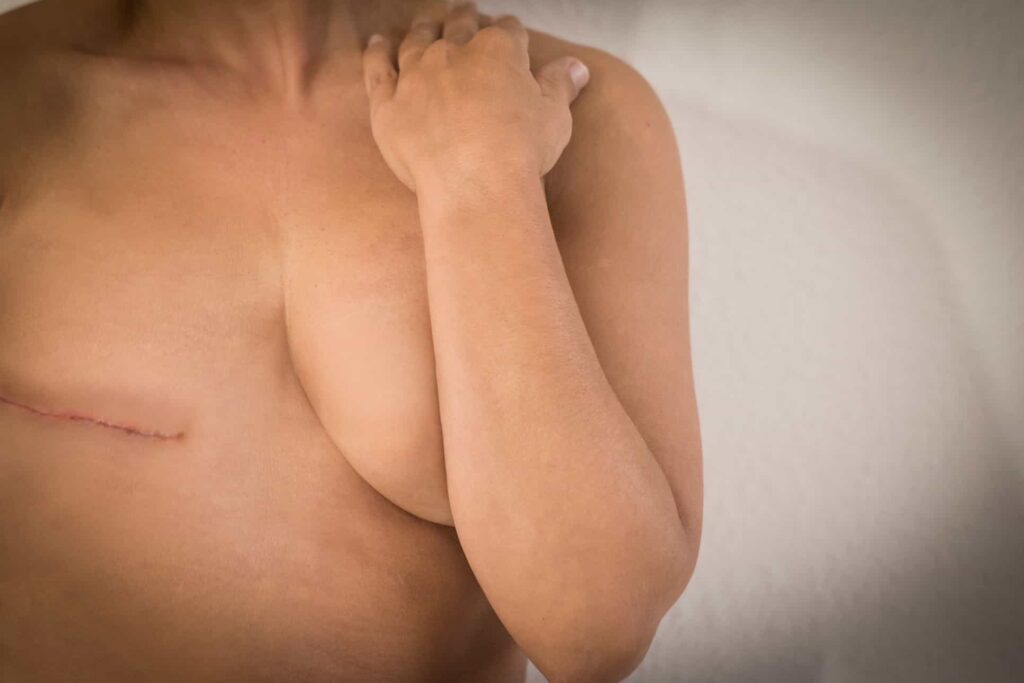
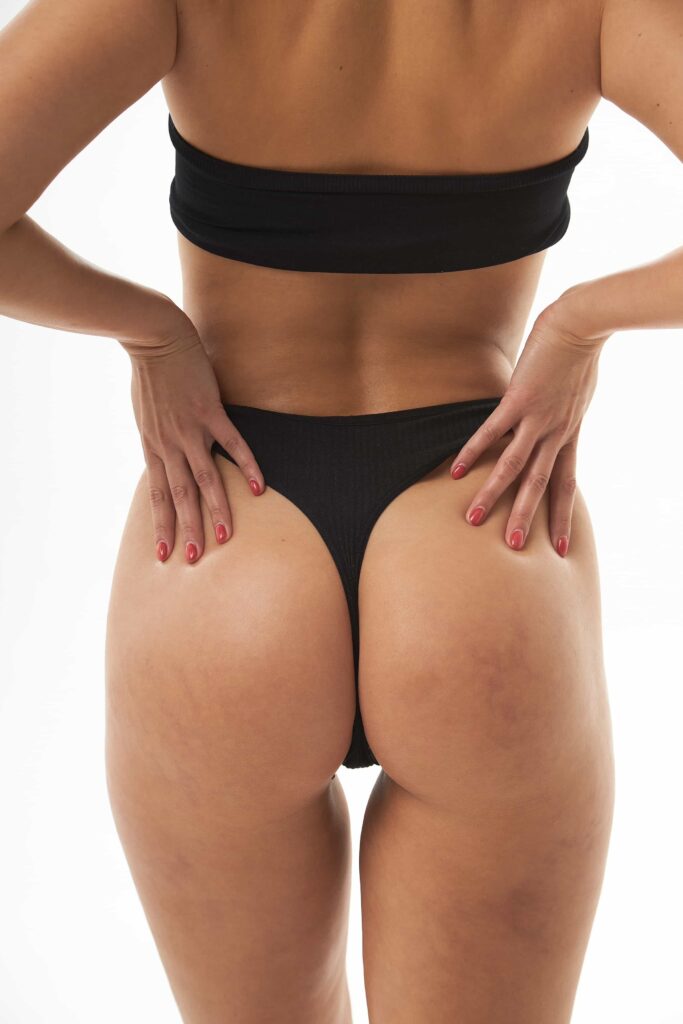

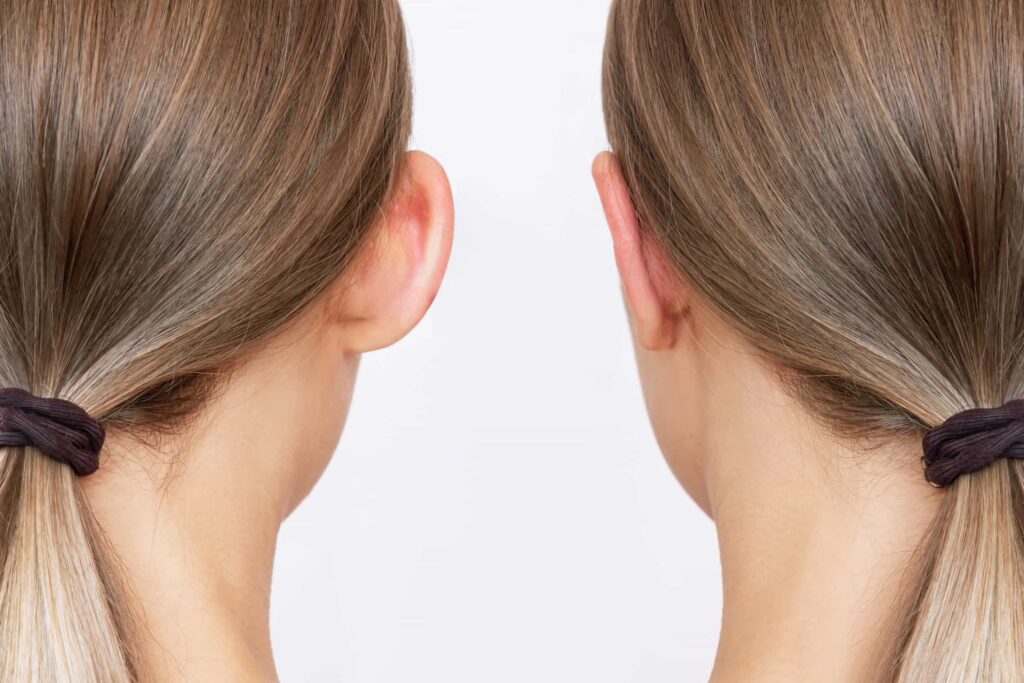
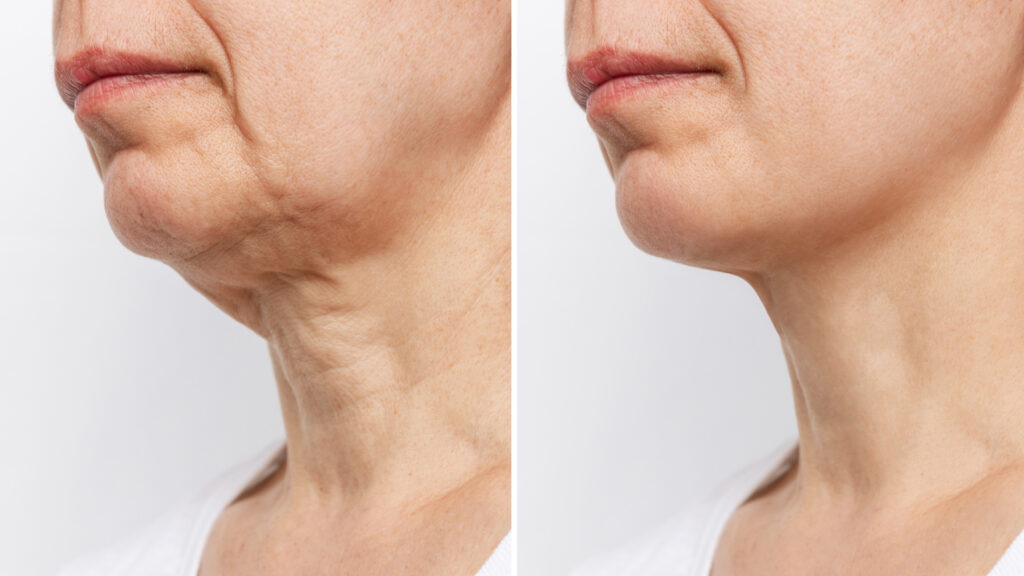

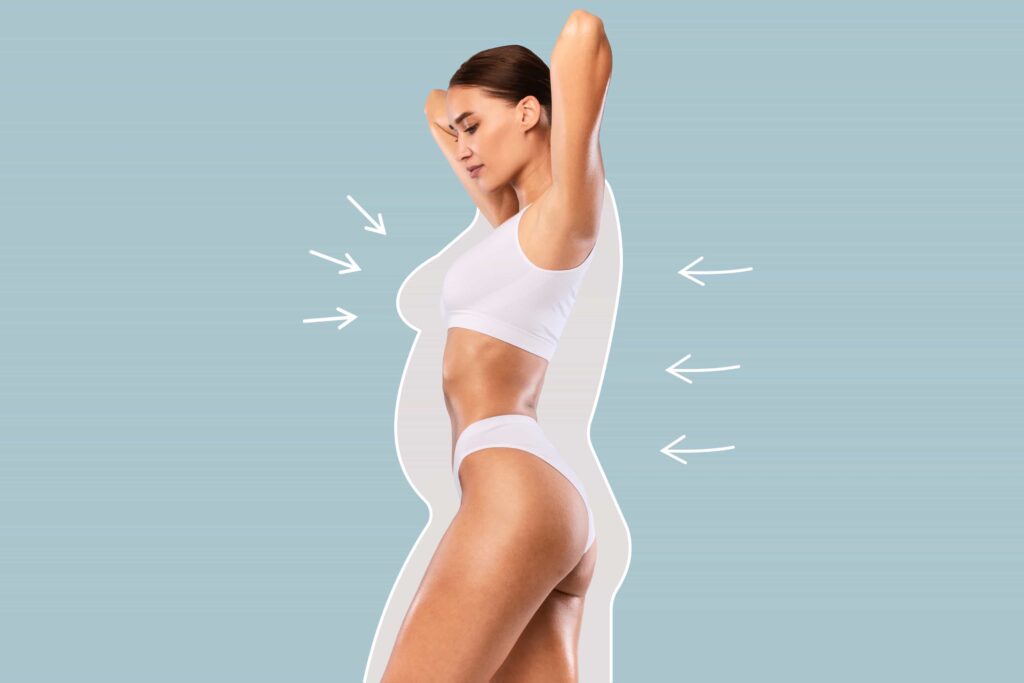
Fat grafting is a procedure that enhances and naturally adds volume to areas of the body by using your own…
